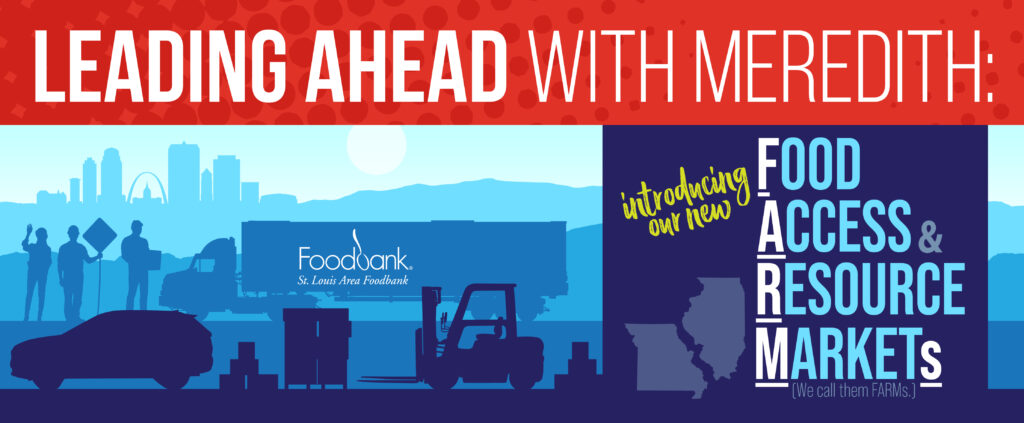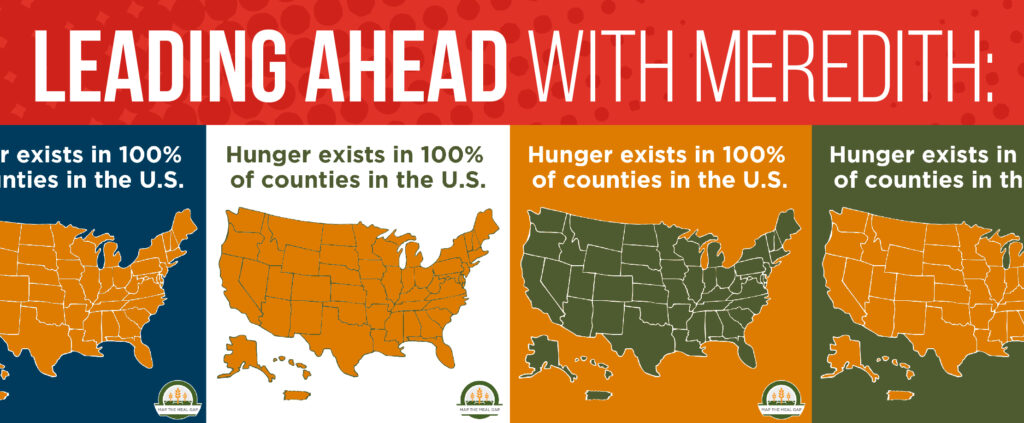 Tim Jackson stands in front of product at the St. Louis Area Foodbank / Photo by Bethany Prange
Tim Jackson stands in front of product at the St. Louis Area Foodbank / Photo by Bethany Prange
I’ve worked in the warehousing industry for most of my career, but this is the first non-profit organization that I have worked for. It is by far the most rewarding job I’ve had.
Not only do I get the opportunity to use my inventory tracking and management skills, but I also get to take part in a mission that improves the quality of life in our community.
I’ve been the Inventory Control Manager for almost five years at the St. Louis Area Foodbank. My primary responsibilities include food safety, tracking and reconciliation, and compliance requirements for four state programs.
The Foodbank receives donations from across the country as well as from local donors. Many of the donations are offered to us because they are a) in less than desired packaging or b) items that are close to code, which means they may soon expire.
Sometimes, obtaining and distributing 25 million pounds of food is quite a challenge. We work hard to track, store and distribute every food item safely and accurately. It is my responsibility to make sure all of this happens and to keep a strong relationship with our donors.
Over the past five years, I have noticed an increase in perishable products, particularly through the retail pickup program. The retail pickup program allows us to pick up food directly from local retail stores, such as Walmart and Target.
Roughly 80 percent of the products we pick up from the local retail stores are items that need to be consumed within a short period of time. To make sure this happens and no food goes to waste, we work with member agencies to identify last minute channels of distribution.
Regardless of which agency gets our food, safety is our top priority.
The Foodbank recently began the process of becoming AIB Certified. Taking on a challenge such as this requires discipline from every aspect of food handling. It is our goal to receive a superior rating from AIB – the highest standard of food safety – over the next six months. This certification comes with extreme challenges and requires effort from all departments at the St. Louis Area Foodbank. I take food safety seriously, and I understand that it is our responsibility to provide our community with a quality service.
That’s why we have made investments this year to ensure we can distribute food efficiently and accurately. We will be upgrading our software database this year, an effort that will streamline some of the processes we currently use.
In 2011, we implemented RF scanners in the warehouse. With this technology, we are able to move product using handheld devices in real-time, making us more efficient while eliminating some of the human error out on the floor.
In my time here at the Foodbank, I’ve learned so much about food safety. I have a large responsibility to make sure we distribute food safely at the Foodbank, and I take this responsibility home with me to make sure my family has safe food on the table.
We all put a lot of trust in the stores, restaurants and friends that sometimes prepare food for our family. That’s where I rely on my personal knowledge of food safety. I feel that educating people around me about food safety is important.
A friend recently asked me how he could determine what was still safe to eat in his pantry. I simply directed him to the food life extension list that can be found on our website. My friend found the list useful and was delighted to come across the FDA recall widget on our member’s page.
When someone asks me “what do you do for a living”? I say inventory control at the St. Louis Area Foodbank. The phrase “inventory control” gives some people pause.
After all, we don’t have to worry about sales, right? While that is true, monitoring and protecting our inventory here is perhaps even more important.
I came from a sales/warehousing backround at a for-profit company and I find the tracking of inventory here to be held at a much higher standard. Not only do we need to move product safely, we need to account for every bit of it. Donors want to be sure that we can recall product, handle it safely, and report back on how it impacts the community.
I am fortunate to be part of such a great mission in the St. Louis area. From the member agencies to the donors, we successfully combat the issue of hunger in a safe and effective way.


